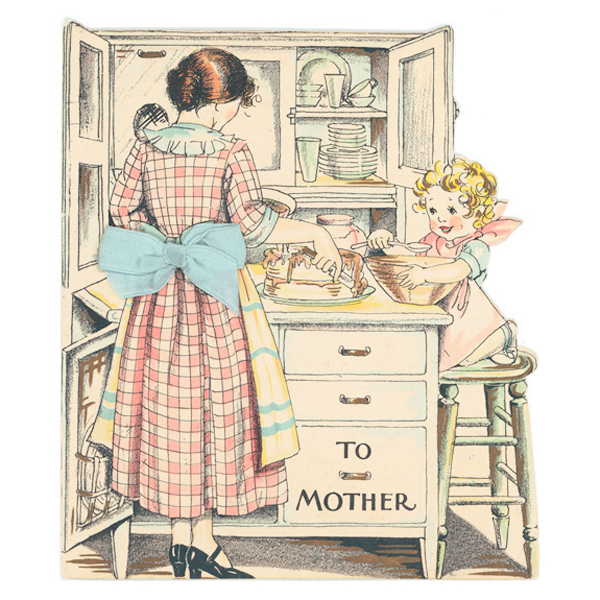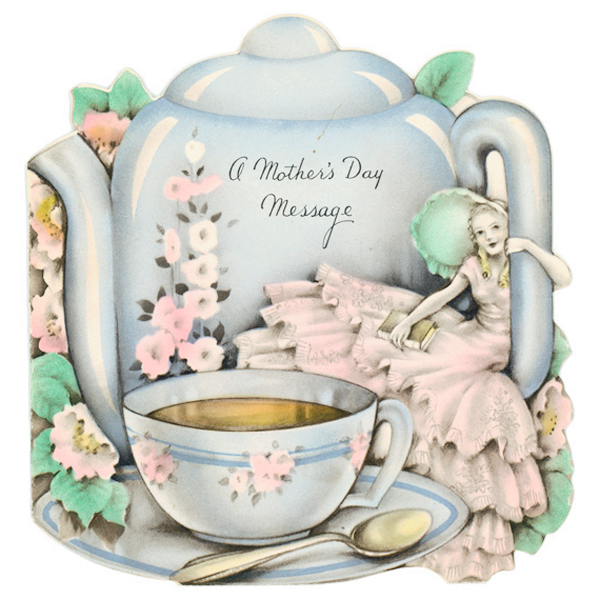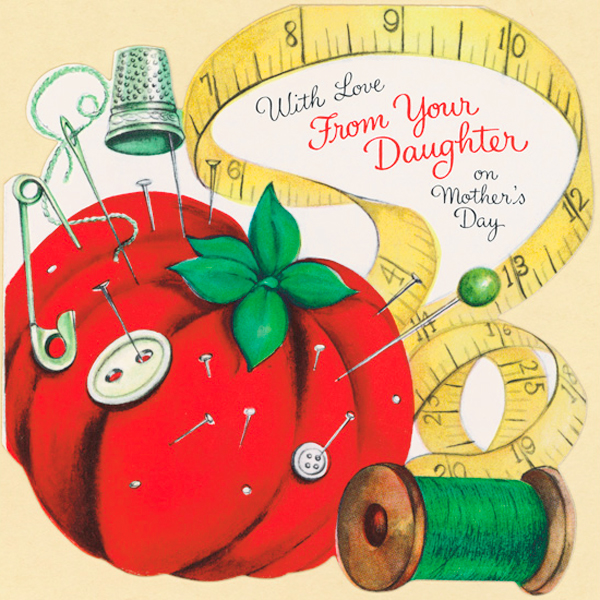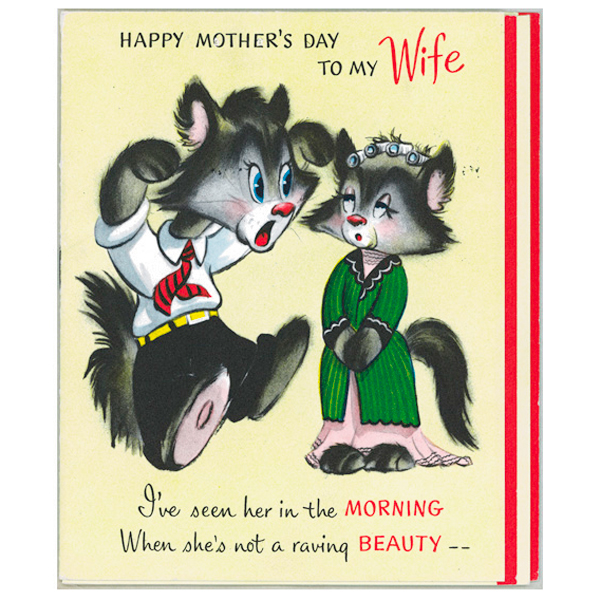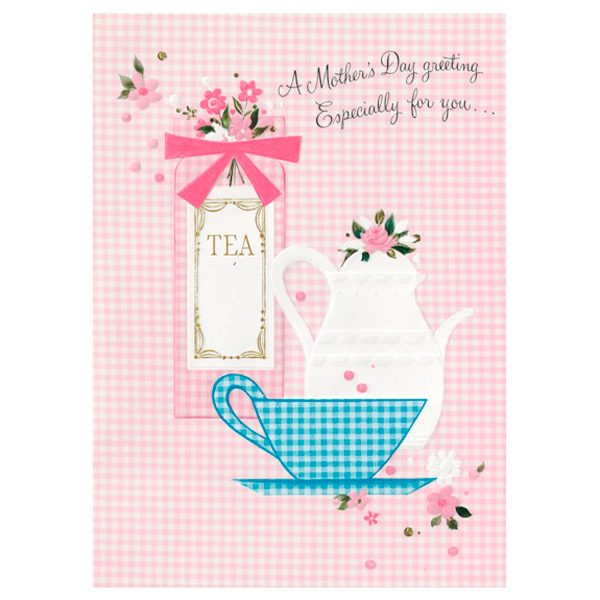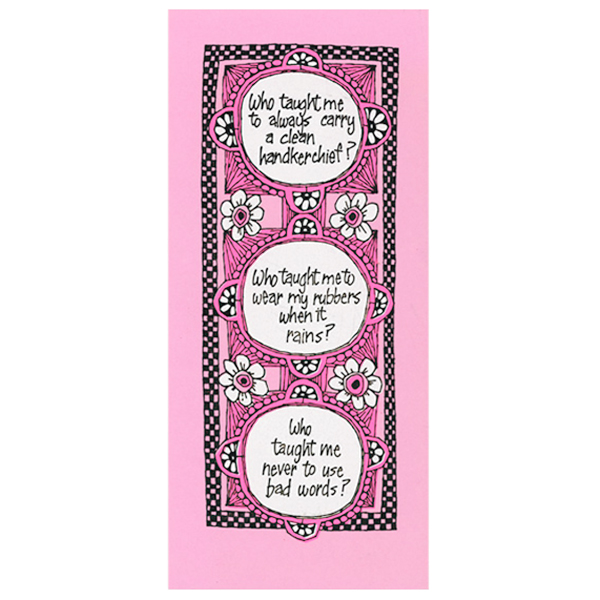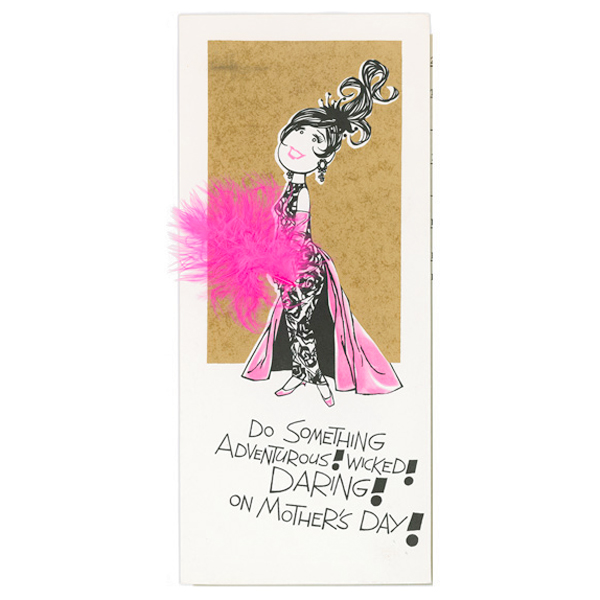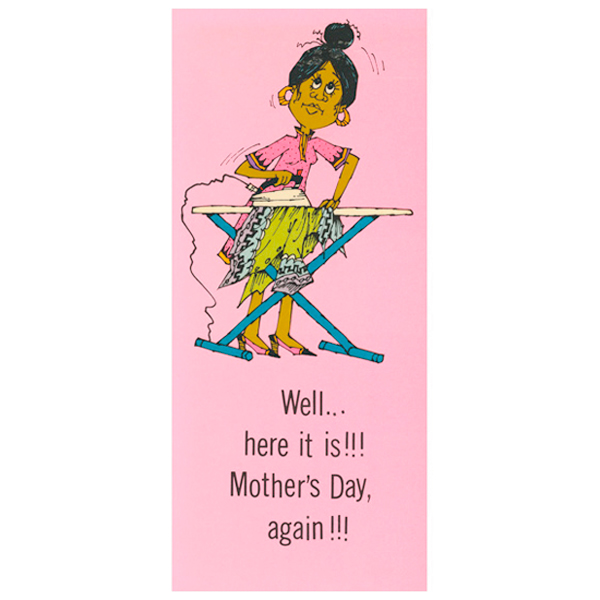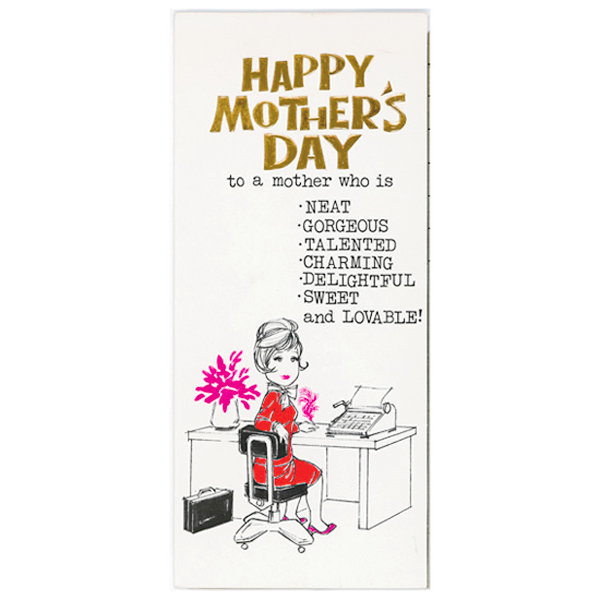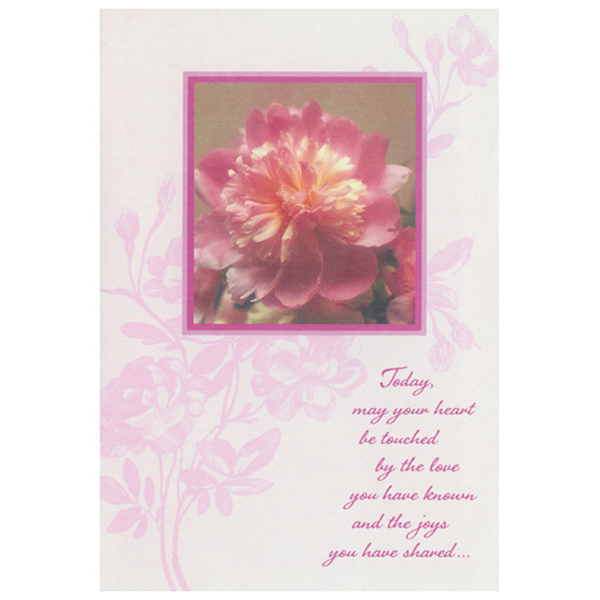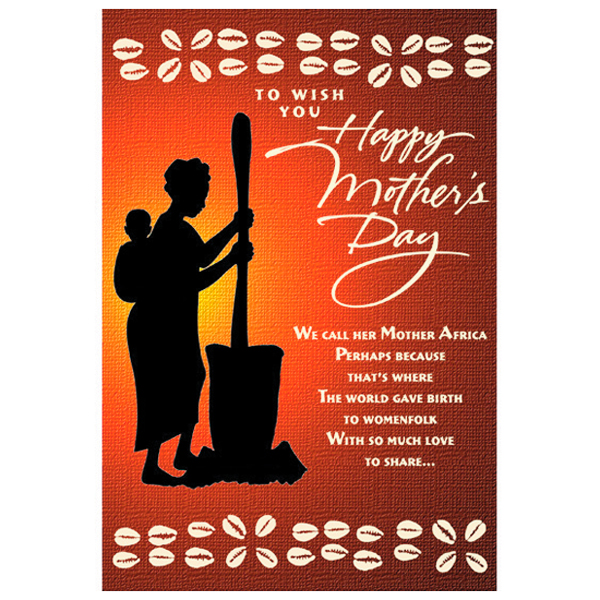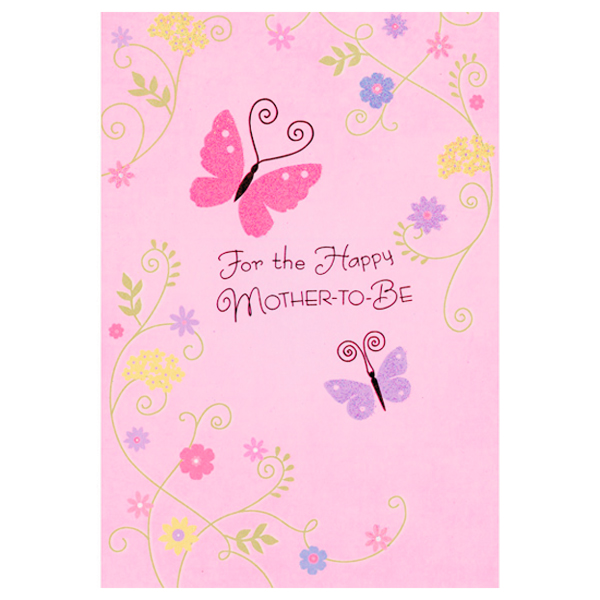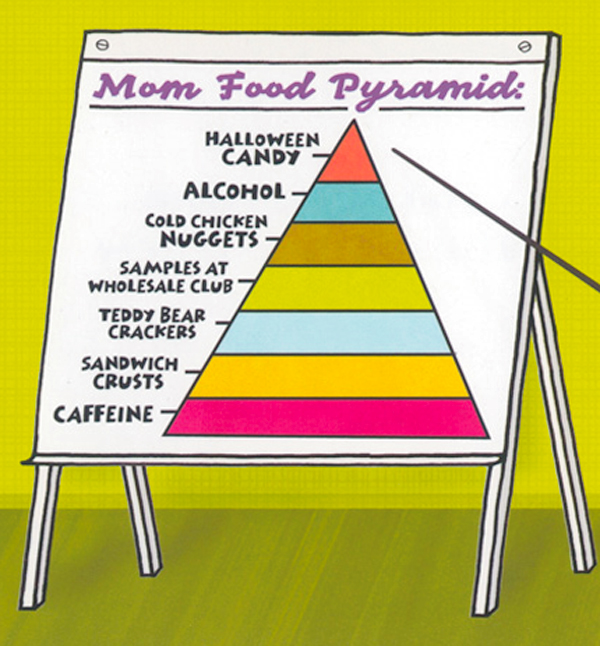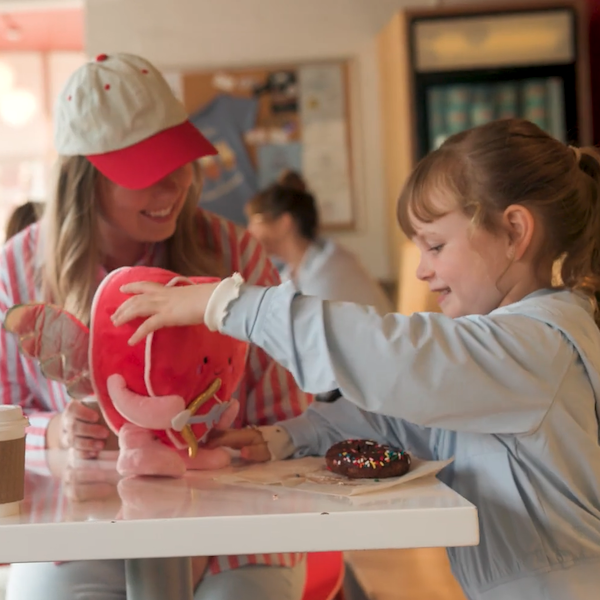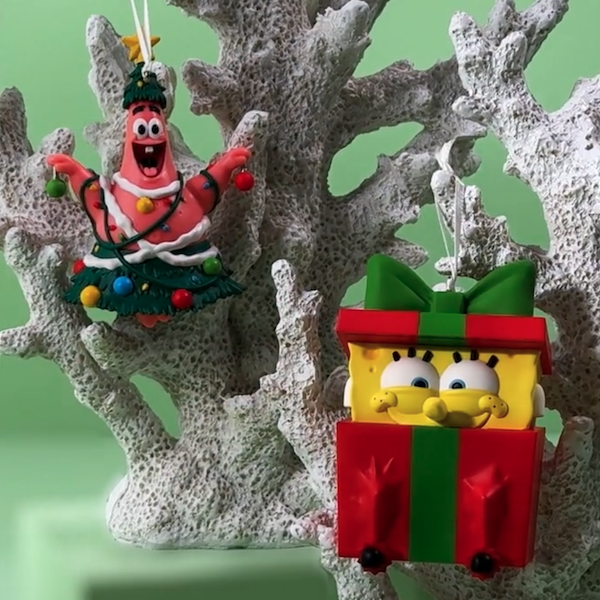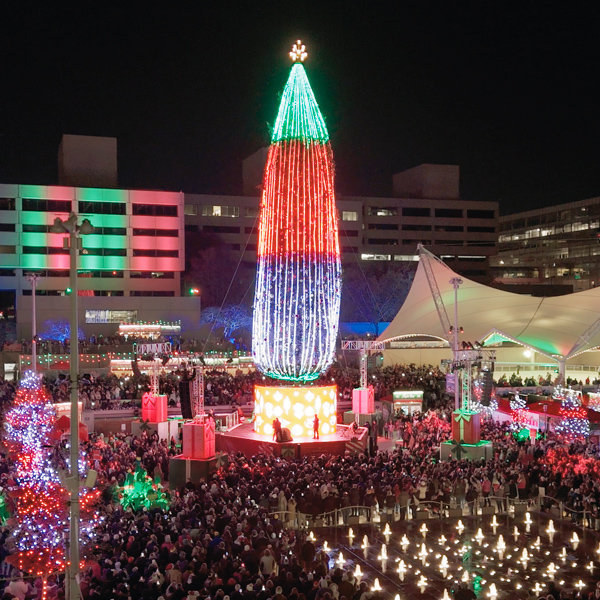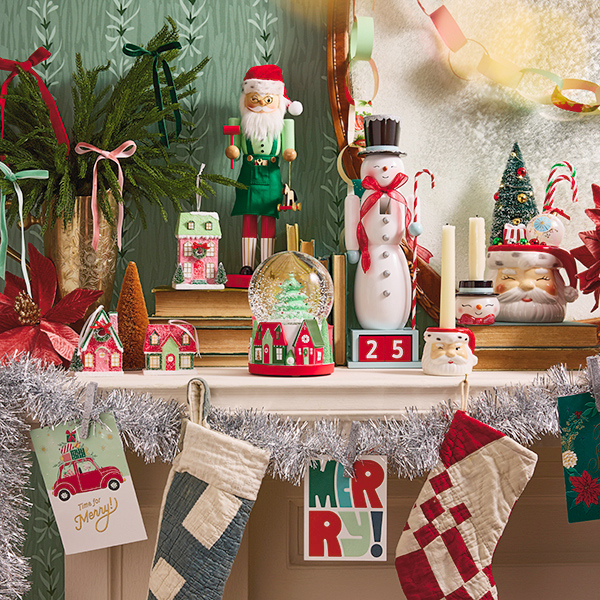The history of Mother’s Day: Fraught beginnings and fun facts

Ah, Mother’s Day. The one day a year we spoil the women who spoil us the other 364.
I think we all can agree Mother’s Day is necessary, important and deserved. But how it came about is debated. The history of Mother’s Day is, much like motherhood itself, not very straightforward. Read on to read why—plus, learn some other interesting Mother’s Day facts.
Inspired? Create and share by tagging @hallmarkstores.
Here in the United States, the official holiday of Mother’s Day is celebrated every second Sunday of May. Its origin is often attributed to the efforts of Anna Jarvis, who wanted to honor her recently passed mother, Ann Reeves Jarvis, in the early 1900s.
Side note: It’s hard to believe that a day to specifically admire mothers is only a little over a century old. Where were the noodle necklaces and dandelion bouquets for moms in the 1800s? And they didn’t even have the help of washing machines, cartoons or juice pouches! I raise my World’s Best Mom mug to you, underappreciated moms of yesteryear.
Interestingly, Miss Jarvis never had children of her own, which may have been a good thing—I’m betting if she did have kids, girlfriend never would’ve had the energy or free time to organize a campaign for a national holiday. She’d be too busy searching for lost shoes to be bothered with petitioning politicians. Because that’s just what she had to do to make Mother’s Day a reality.
In 1908, the West Virginia native began with Mother’s Day celebrations in her church then expanded her efforts by writing letters to newspapers and government officials, asking for Mother’s Day to be officially declared a U.S. holiday.
Her lengthy campaign paid off, and in 1914, President Woodrow Wilson signed a bill that made Mother’s Day official, also establishing that it would be celebrated the second Sunday in May.
(Woodrow’s mama was very proud and hung the decree on her fridge. Probably. I’m guessing.)
A success from the start, Mother’s Day has only grown in popularity in the century since it was founded. Here are a few fun Mother’s Day facts:
- Every year, Americans spend billions of dollars on Mother’s Day. So, pretty close to what a mother spends on diapers in the first two years.
- In general, men spend more and give more gifts on Mother’s Day than women. Note to my husband: Those tulips don’t make up for my stretch marks and leaky bladder, but yeah, I’ll take them.
- Greeting cards are typically the No. 1 gift item purchased for Mother’s Day, followed by flowers and gift cards.
- There are an estimated 2.2 billion mothers around the world as of 2022. Coincidentally, there are also 2.2 billion women in the world right now with laundry that needs folded. Weird.
Hallmark Mother's Day cards through the years
As is often the case with all things motherhood, things soon got messy. Jarvis quickly grew irritated with the commercialization of Mother’s Day—in other words, seeing the day observed with flowers, candy and (gasp!) greeting cards. Her intention had been to keep it intimate between a child and mother, thus she was disappointed. (Man, she’d realllllly hate brunch.)
She initiated many lawsuits against businesses using the term Mother’s Day, spending much of her inheritance on legal fees. In 1925, she interrupted a convention of mothers and was arrested. She later railed against Eleanor Roosevelt for mentioning Mother’s Day in her efforts to raise money for charities connected to maternal and infant mortality.
Another side note: With all due respect, Miss Jarvis, they didn’t even have epidurals or sweatpants back then. Let the moms have their day!
Jarvis eventually lobbied to have her beloved Mother’s Day removed from the U.S. calendar all together. She died in 1948, having never succeeded.
If only she’d had someone to treat her to waffles, massages and a pedicure—maybe even mimosas—on the second Sunday in May, she might’ve been a bigger fan of the way people ended up celebrating it. One wonders.
Though the history of Mother’s Day is interesting and a bit messy—much like childbirth itself—the meaning of the day is as important and valued as ever.
No matter how you celebrate the beloved mothers and women in your life (likely in a way that would totally peeve off Miss Jarvis), do it with love and appreciation.
Want some out-of-the-box ideas for celebrating Mother’s Day that Miss Jarvis may or may not have approved of? We’ve got lots:
Shop Mother's Day
See allYou may also like
See more-
Valentine's Day Make little hearts happy this Valentine’s Day 💞
Nothing lights up a little one's face like letting them know just how much they're loved. Okay...except for when they...
-
Valentine's Day Valentine's Day gifts for him: 100+ ideas for the boyfriends, husbands, dads and sons in your life
Who’s ready for Valentine’s Day?! 🥰 We absolutely love this holiday and can’t think of a more perfect time to shower ...
-
Calendar Flip Spring Forward: March 2026 Holidays and Observances
Color us excited! From the wearin’ of the green and more sunny fun to colorful Holi festivals and celebrating crayons...
-
Calendar Flip Welcome a New Year: January 2026 Holidays and Observances
HAPPY NEW YEAR! If that hurt your head, you might have celebrated a little too much. When you’re feeling better, we h...
-
Calendar Flip Hello, Love: February 2026 Holidays and Observances
Let’s warm up this cold month with love and connections. From valentine cards to dressing up your pet, this month has...
-
Christmas Christmas gift wrap ideas to match your holiday personality
If you’re anything like me, the holiday season can make you tap into different sides of yourself. Maybe you become th...
-
Gifting 60+ Peanuts® Snoopy gifts to help fans channel their favorite beagle
It was a dark and stormy night in the winter of 2015. I was 17 years old, overwhelmed with AP classes, senior-year st...
-
Christmas 3 Christmas kids craft ideas, plus activities for even more easy holiday fun
From decorating the house to baking cookies, the Christmas season gives us so many opportunities to get creative and ...
-
Christmas The best Christmas gift idea: Bikini Bottom BFFs
Got a bestie who's as silly as you? Or one who's there through all of life's storms with a smile? Then we think this ...
-
Christmas Which Disney Pixar character is your favorite? 🤔
Thankfully, with so many beloved Disney Pixar character Keepsake Ornaments, you won't have to choose a favorite this ...
-
Christmas Not having Cher on your tree? As if! 💅
If you're a Millennial, we predict you will be majorly, totally, butt crazy in love with this Clueless Keepsake Ornam...
-
Christmas 20 vintage Christmas ideas to turn up the charm this holiday season
When I think of my perfect Christmas, vintage vibes are always what come to mind first. Santa’s sleigh in a dreamy wi...
-
Christmas 20+ ideas to help you plan your trip to the Hallmark Christmas Experience
Ever wanted to step inside of a picture-perfect Hallmark Christmas movie? Or travel to a place where you could immers...
-
Christmas Sit fireside with the cutest snowfolks around!
A campfire might seem like the least likely place to find a few snowmen hanging out, but if it's cold enough, even th...
-
Christmas With so much magic, we can’t choose a favorite!
Every Keepsake Ornament is magical, but our ornaments with light, sound and music are in a class all their own. From ...
-
Christmas Stocking stuffer ideas for literally everyone on your list
The stocking stuffer struggle is real. By the time you’ve bought your main presents, you feel like you’re all out of ...
-
Christmas You love Keepsake Ornaments…we love rewarding you! 🥳
Collecting Keepsake Ornaments isn't just a hobby for you—it's a passion! And that kind of enthusiasm is something we ...
-
Christmas 60+ Christmas decorating ideas to deck your halls—and every other space!
If you’re searching for Christmas decorating ideas to make all your spaces extra jolly and put you in a merry mood, y...
-
Christmas Dance your way to Christmas morning 🦛🎄
Keep little ones giggling and grooving all holiday break-long with this musical dancing Christmas hippo plush! Does i...
-
Winter Lean into the Season: winter ideas to make the season bright and extra cozy
There are two types of people in this world: those who love winter and those who’d endure an eternity of wearing wet ...


